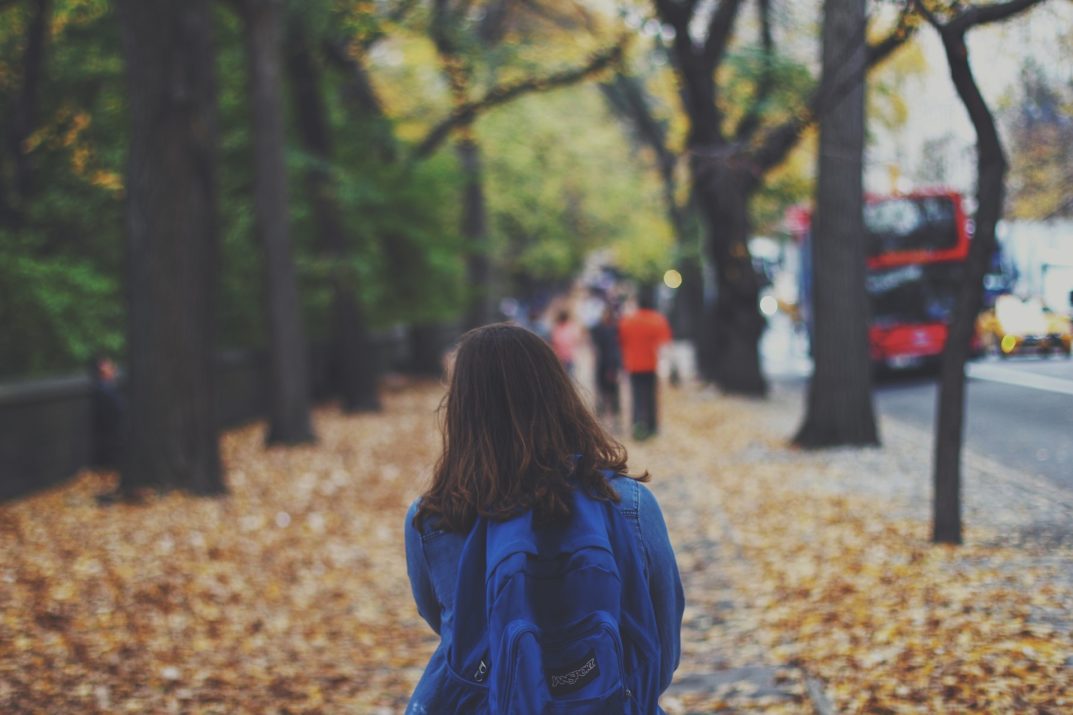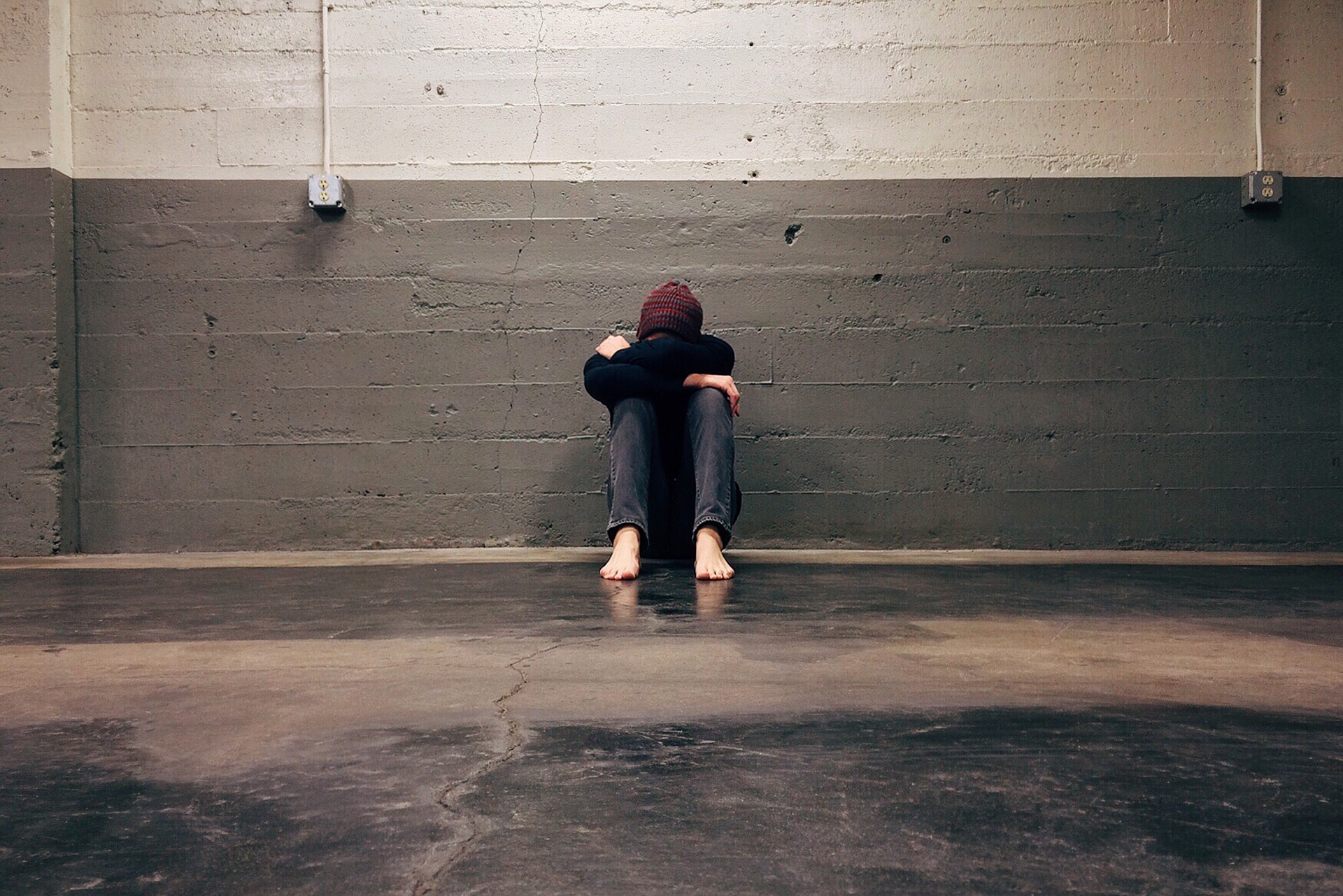
The negative impact of school bullying can trouble a victim for life. From a decreased sense of self worth to mental health issues and academic struggles, the consequences are very real.
Being aware of bullying is the first step in keeping your students safe. Here’s what teachers can do to identify and stop student bullying both inside and outside classroom.
How to Identify a Bully
Unfortunately, bullying has always been a part of school and social environments. Due to the current political climate in America, Mother Jones writer Edwin Rios explains that bullying has become even more prevalent.
This can be a hard situation for teachers to counter, because many students are only echoing what they learn at home. Others may be repeating what has been done to them, as their parents, guardians or siblings may also be bullies. That’s why it’s so important for teachers to identify bullying as soon as possible. Being aware of how students in the classroom are treating each other allows early intervention, which supports the prevention of further social and emotional damage.
Pinpointing bullies can be difficult because they sometimes act like the victim’s friend, saving their bullying behavior for outside the classroom. They also come in all shapes and sizes. However, bullying prevention advocate Sherri Gordon explains that there are six common types of bullies that exist, including serial, group and aggressive bullies.
Common types of bullying include verbal, physical, relational aggression, cyber, sexual and prejudicial. Gordon adds that it’s important to forget about bullying stereotypes, like the idea that a bully has no friends. Buying into any presumptions about bullies can make teachers miss bullying behavior that’s happening right under their noses.
Help Students Identify Bullying
Students need to know what to watch for too. When your students are more aware of bad behavior, they can serve as allies to victims and help keep you alerted.
Author and school counselor Signe Whitson says that she lists the common types of bullying, and has her students come up with examples for each type. Examples of physical bullying would be hitting and shoving. Then she asks students to put a star next the behaviors that are most common and most hurtful, meaning that they deserve extra attention and response from adults. This not only helps students identify bullying, it also helps them know how to respond.
Education author Michael Linsin provides a helpful tool that he says works 100 percent of the time. This tool is the ability to say “please stop.” Linsin explains that the need to say this helps students identify when someone else’s behavior is unkind. It also helps them pay attention to healthy and supportive relationships, putting more time and energy towards them. When students know how to identify bullying, they can alert their teacher.

Find Bullying Hot Spots
One way to be more in tune with student behavior is to seek out hot spots where bullying is most likely to occur. Playground design company Peaceful Playgrounds says that cafeterias, restrooms and playgrounds are common areas where bullying happens.
This could be because there’s much less supervision in these areas, allowing students to act in ways that go against school policy. Bethiel Girma Holton of the Oak Foundation recommends developing tailored strategies for countering bullying behavior in these areas, such as keeping students busy so that there’s less time for bullying. Another idea is to reduce the amount of time that students are left unsupervised, either by reducing time between classes or increasing the number of supervising teachers or aides in the area.
If you’re not sure where these spaces are, or think there may be some that you’re missing, asking for anonymous feedback from students is a great way to gain an inside perspective without anyone feel like they’re tattling (which could lead to additional bullying).
Fostering Tolerance
Taking steps to prevent bullying before it starts is the best way to ensure the safety and well-being of all students. Education reporter Alexandra Pannoni says that fostering a culture of tolerance and respect can teach children to treat one another well.
Using history to discuss the power and influence of words is a great way to tie bullying prevention into everyday lessons. The Declaration of Independence, for example, can teach children that words can have a lasting impact on someone’s life.
Another way to raise awareness of bullying is to have students identify such behavior in the media by exposing students to books, TV shows and movies where bullying is present. Then, the classroom can have a discussion about the behavior, why it was wrong and how it can be resolved.
Social strategist Danielle Nicole Barr has a list of 14 anti-bullying books hand-picked by teachers. They range from picture books for elementary students to chapter books for high school students.
Student Empowerment
Teachers can also foster tolerance by providing classroom activities related to bullying and violence education, writes Franklin Schargel, founder of the Success School Network.
For example, teachers might have students work together to create anti-bullying signs that promote kindness and respect. This will help all students become allies in identifying and ending bullying, even when they are onlookers who aren’t involved in an altercation.
You might also hold class meetings reserved for peer resolutions. Becki Cohn-Vargas, director of the anti-hate organization Not in Our Town, says that it’s important to have open dialogue with youth about hate, violence and bullying. Peer-to-peer conversations provide a safe space where students can share their thoughts and ideas while resolving problems.

Create Upstanders
Similarly, teachers can enlist student leaders to help identify and stand up against bullying.
Teacher and author Trevor Muir says that teachers should empower students to stand up against cyberbullying and report it when they see it. This is important because the way students act outside of the classroom is perhaps the most influential to other students. These types of student anti-bullying advocates are often referred to as upstanders.
Rather than being passive bystanders, upstanders are students who stick up for bullying victims and take action, writes graduate assistant Samantha Cleaver. “Teach kids to be upstanders by showing them how to quickly recognize bullying and basic techniques to stop it—like not creating an audience, or inviting the victim into their group, for example,” she explains.
Create Meaningful Relationships
Developing a strong relationship with each student in your class is an important step towards preventing bullying. Justin W. Patchin, co-director of the Cyberbullying Research Center, explains that students are less likely to engage in behavior if they know it will disappoint the adults they value and respect. When students look up to you as their teacher and you create a culture of kindness in the classroom, bullying will become a behavior that everyone disapproves of.
The link between strong student teacher trust and bullying intervention was reinforced in a study by Lund University. Associate professor Tomas Jungert, who conducted the study, shows that warm student-teacher relationships are linked to a student’s motivation to help out and stick up for a bullying victim. The study also found that students who remained bystanders in bullying conflicts often had poor relationships with their teachers.
Images by: Free-Photos, Nastya_gepp, Wokandapix


What do you think?